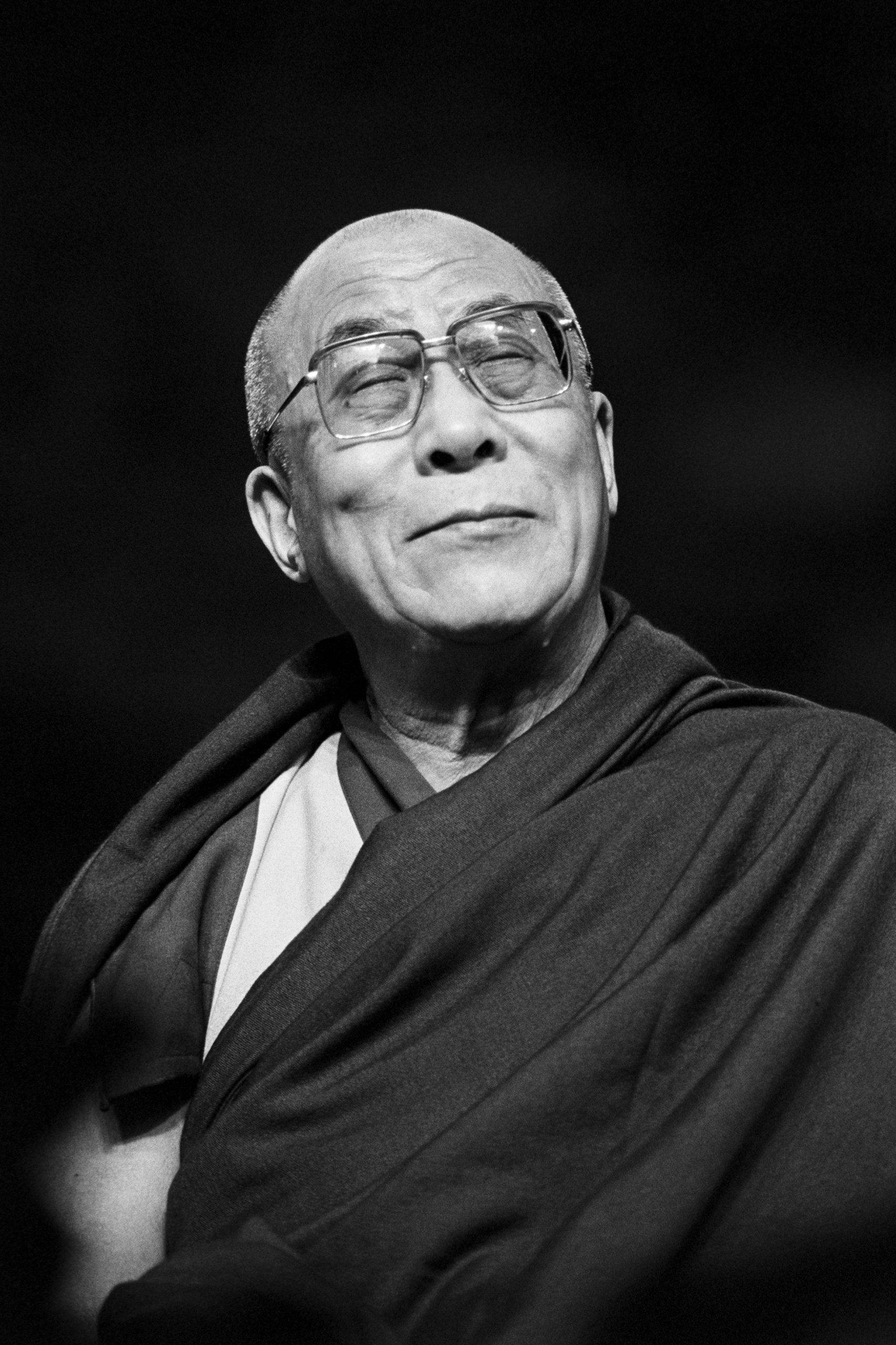How food brands can win on TikTok
Experts share tips on how food and restaurant brands can succeed on the app.

She couldn’t stop farting.
A TikTok user named Alyssa Jeacoma, who goes by the handle @lightweightlyssie, posted a 36-second video on the popular video-sharing app this summer in which she shared the flatulent effects of having snacked on an abundance of Catalina Crunch, the protein-and fiber-rich cookies popular with Keto dieters. “Don’t eat these,” Jeacoma warned, holding the box to the camera with one hand with the other holding back another gas leak. “You will shit yourself.”
SRW Agency, the Chicago firm managing the TikTok account for Catalina Crunch, may as well have been embarrassed too. A potentially devastating review for one of its client brands was on its way to 8 million views and then got picked up by Niall MacMillan, a TikTok user specializing in “reaction videos” with 5 million followers of his own. The agency and its client turned a negative into a positive by initiating operation “Operation #Toottok,” which involved sending Jeacoma a care package that included branded toilet paper and a bidet—prompting a response TikTok video from Jeacoma that brought positive attention to the brand.
The deft response (see the original video and response below) is an example of how food brands can capitalize on TikTok frivolity by experimenting with new ways to get the attention of an audience hungry for fun. In their best expressions, good TikTok food moments, like good meals, can be emotionally satisfying, nourishing and fun to share with friends.
The care package worked not just because it was over-the-top, but because it was nuanced, demonstrating that the brand understood the medium and its users, said Kate Weidner, co-founder and CEO of SRW, which specializes in marketing for healthy food brands.
“TikTok people love the details. We saw the outfit that the influencer was wearing was getting tons of feedback in the comments. So we went and bought the exact same outfit and branded it with Catalina,” she said. “Monitoring TikTok to just see how people are talking about you and how you can engage with them is maybe the most important part of the whole platform.”
Below, more ways food brands have learned to succeed with TikTok.
Play to the medium—and get outside your comfort zone
TikTok’s user-generated short videos and fast-moving feed give it an energy that more passive social channels struggle to achieve. It’s a natural zone for food brands, which can jump head-first into trending topics around eating. Of late, that has included the schoolyard interview turned viral summer song “It’s Corn!” and the recent trend of butter boards, which led to TikTokers demonstrating charcuterie only with a butter base.
“Food is such a huge part of our everyday experience—almost so much so that we wear our favorite brands and restaurants as a badge of honor. On TikTok, you can bet that there’s a niche community that’s out there willing to engage with your brand or product,” said Janice Suter, VP and director of social media at GSD&M.
“What makes food-related content on TIkTok unique is that every step in the process can be considered entertaining,” Suter continued. “Whether it’s watching someone replicate a trending air fryer recipe or watching someone deliver food on an e-bike, there’s an engaged audience waiting to watch on TikTok.”
For brands new to the platform, TikTok can present a steep learning curve. When the donut chain Krispy Kreme began experimenting with TikTok a few years ago, its marketers learned pretty quickly that it was more than of a matter of porting the content it already did on channels like Instagram or Facebook, said Dave Skena, chief brand officer of Krispy Kreme Doughnut Inc.
“You don’t get to be a different persona on a different channel,” Skena said. “However, on TikTok, for example, everyone watches with the audio on. So music matters a billion times more on TikTok than Facebook or on Instagram.” By contrast, the attention to photo quality the chain uses in its Instagram posts was far less important on TikTok.
“If you’re talking to people on Instagram, that better be a beautiful doughnut, shot it in its best light on its best day. When we do that right on Instagram we get a lot of engagement,” he said. “On TikTok, some of the ads that have the best engagement are our own team members holding a doughnut and looking silly.”
Because TikTok’s users are the stars of the platform, and expect to be entertained, brands essentially need to work for them, marketers say. TikTok’s users “have been pushing brands outside their comfort zones and inviting them to play and experiment,” said Suter. “It’s made our jobs a lot more fun and has allowed us to explore different sides of our brands that were previously not there.”
Embrace niche communities
Though TikTok notes its user base is increasing in age, more than 60% of its participants are still under the age of 29. That’s mighty attractive to entities like the 69-year-old diner chain Denny’s, which earlier this year recruited 24 TikTok creators and paired them up to create 12 new menu items launching this year and next as part of the brand’s “Open for Anything” platform.
“With every brand jumping on the celebrity meal trend, we wanted to ensure we were differentiating ourselves from the category,” said Sean Donnelly, senior social strategist at Anomaly who helped Denny’s execute the campaign. “Instead of picking a big-name celebrity and repackaging existing menu items, we enlisted our creators to make their own menu item with the help of our culinary experts. As a result, we’ve been able to engage with niche communities in a deeper, more impactful way.”
One of the creators engaged by Denny’s, Kelz Wright (@kelz), is establishing himself as a food entrepreneur after building 5.8 million TikTok followers through food reaction videos and other kitchen content. He launched a line of hot sauces called Flava’s through Cura, a platform for social influencers to launch food brands.
Virality is always a possibility
“There’s no denying that viral moments on TikTok have a direct effect on packaged food brand sales,” said Peter Kennedy, founder of the social influencer platform Tagger Media. When the baked feta pasta trend went viral on TikTok, Kennedy noted, Instacart released data that showed sales of feta cheese were up by 106%.
According to Weidner, TikTok’s relatively smaller user base vs. other social platforms can enable posts to go viral without paid media. “I remember 10 years ago, clients being like, ‘I wanna go viral on YouTube’ and we were like, ‘Well, that's not a thing–we have to put paid media behind it,’ which is still true on those other platforms. But on TikTok, it really happens all the time. And one of the reasons is there's not yet total mass adoption of the platform. So for example, if a video gets 8 million views and you’re a TikTok user, there's a really good chance you've seen it. As opposed to on Facebook, where 8 million views is a drop in the bucket.”
According to Tagger research on major consumer packaged goods brands, the engagement rate (interactions like “likes,” comments and sharing) for TikTok scored 2.38% vs. 0.07% on all other social platforms. “That statistic is impossible to ignore,” Kennedy said.
Influencers are key
Packaged food brands tend to be far better off engaging influencers to get their messages out, Kennedy said. Influencer posts see a 3,300% higher engagement rate on TikTok than brand posts, Tagger research shows. “More than other social channels, it's to a brand’s advantage to entrust the influencer with the creative direction for the content, considering the ever-changing trends and landscape.”
When Pepsi launched its Pepsi Nitro product this spring, it contracted with one of TikTok’s most popular creators, the comic actor Khaby Lame, who has more than 150 million followers. Denny’s hired a creator spokesman to produce content for Denny’s TikTok. Justin Jordan, aka @freddiesroommate, acts as a public-facing social manager for Denny’s who creates content, engages with its audiences and helps the brand identify ways to connect with niche communities it wants to reach. “His creativity and confidence in front of the camera has allowed us to reignite a younger audience’s interest in Denny’s,” Donnelly said.
… But brand posts can work
That doesn’t mean brands aren’t seeing success with their own content. Slim Jim has raced to 4 million followers since joining the platform in February behind a strategy of commenting on creator posts. Brands such as Starbucks are known for sharing hacks and behind-the-scenes posts that resonate with their fans.
The direct-to-consumer brand Wandering Bear, which calls itself “TikTok’s favorite cold brew,” was accustomed to user-generated content for paid social but added its first branded ad spots this summer. CEO and Co-Founder Matt Bachmann said the new layer came after digital marketing privacy rules made it more difficult for DTC brands to rely as heavily on the TikTok algorithm to find the consumers it sought.
“It’s a back-to-the-fundamentals type of marketing where understanding your consumer and what resonates with them is more important than it has been in the recent past,” Bachmann said.
The ads, from agency Supernatural, feature a gentle but deadly stop-motion bear.

 ShanonG
ShanonG 























.jpeg?trim=0,89,0,88&width=1200&height=800&crop=1200:800)
![Are You Still Optimizing for Rankings? AI Search May Not Care. [Webinar] via @sejournal, @hethr_campbell](https://www.searchenginejournal.com/wp-content/uploads/2025/06/1-1-307.png)






